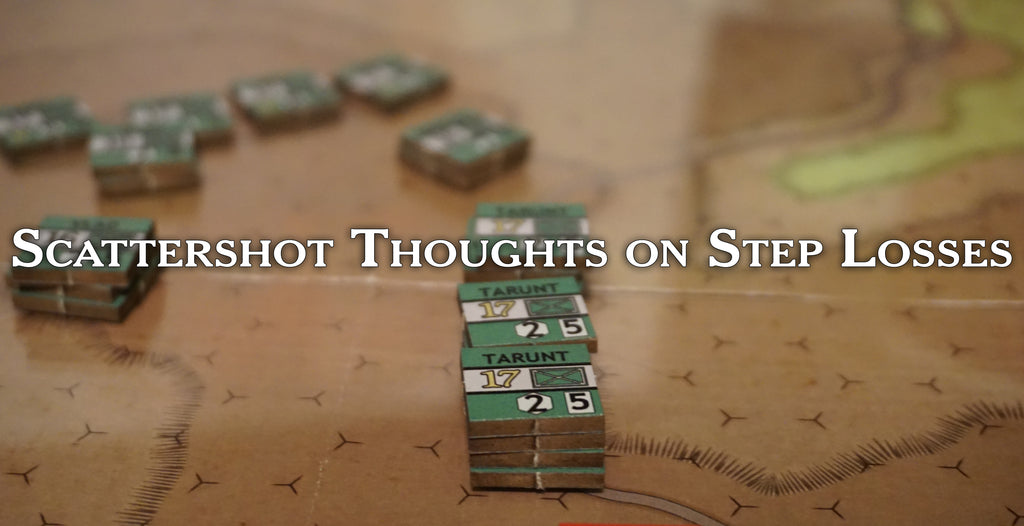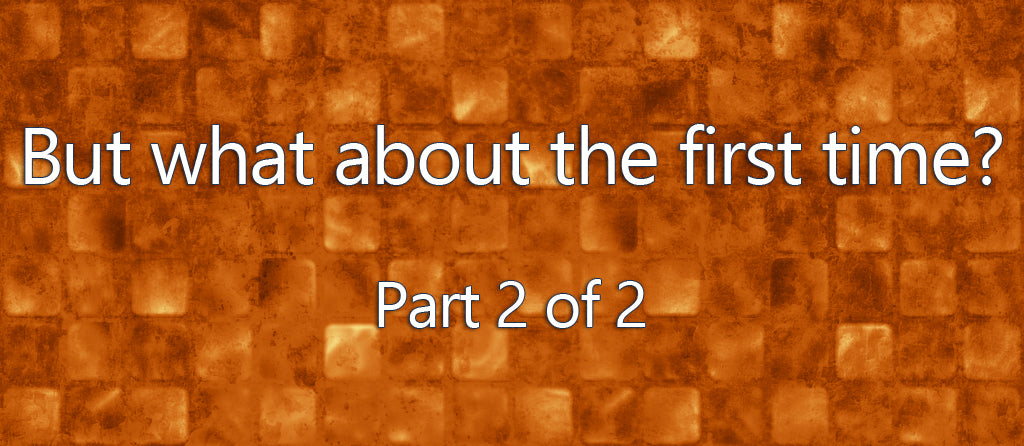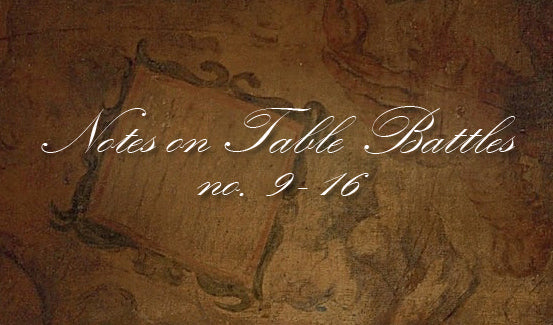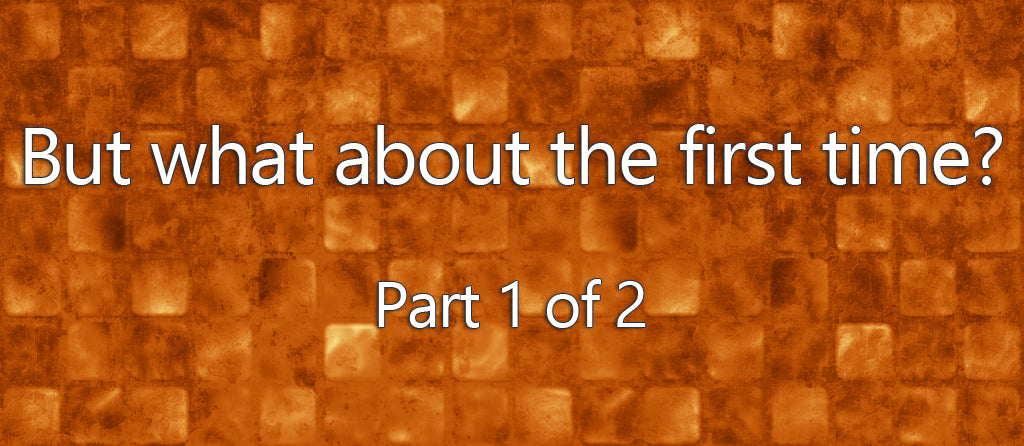Hollandazed: Thoughts, Ideas, and Miscellany — game design
SCATTERSHOT THOUGHTS ON STEP LOSSES (by Tom Russell)

You nudge your little square division to the front, compare its attack factor of 4 to the enemy's defense factor, and roll the die: ugh, a six, AL, attacker loss. You flip the counter to its reverse side, reducing its attack factor to 2. Half the cardboard men under your command are dead. Only they're not, because as all grognards know, and as many rulebooks are quick to point out, a step loss doesn't represent death, but simply a reduction in effective fighting strength. That's bloodshed and wounds and prisoners, sure, but also general discombobulation and dispersal, exhaustion, morale collapse,...
STORYBOARDS (by Tom Russell)

In several of Ty Bomba's wargames, including Hollandspiele's own Operation Unthinkable, each player decides how they want to structure their turn: a move phase followed by combat, a combat phase followed by movement, or twin combat phases. Mr. Bomba explained the concept thusly in an interview with the fine folks at The Player's Aid: It’s a way of cleanly modeling all kinds of command-control and logistical limits without a lot of specific rules. Essentially, it forces you to create a point of concentration (“Schwerpunkt,” as the Germans would say) and give it your full support by picking the phase sequence...
BUT WHAT ABOUT THE FIRST TIME? PART 2 (by Tom Russell)

So last time I wrote about how a bad first impression with a game can make folks unlikely to try it a second time. There might be great and hidden depths that reveal themselves after x number of plays, but many folks aren't going to ever get to x. Or, as John Brieger put it, "you have a problem if it requires weeks of playing constantly for players to achieve the level of knowledge to make the game balanced." The thing is, I don't know if that really is a problem. I mean, yes, it is a problem, in the...
NOTES ON TABLE BATTLES: WARS OF THE ROSES no. 9 - 16 (by Tom Russell)

BUT WHAT ABOUT THE FIRST TIME? PART 1 (by Tom Russell)

Years and years ago, I was talking with a fellow - we'll call him Henry - who had seen a film that Mary and I had directed and was, shall we say, underwhelmed. Which was fine, as far as that goes; not every film is for everybody, and that goes double for the weird sorts of comedies we were making. But Henry and I had a rather cordial and pleasant conversation about the film and some of the choices Mary and I had made with it, which he found too subtle for his tastes. I said something to the effect...
